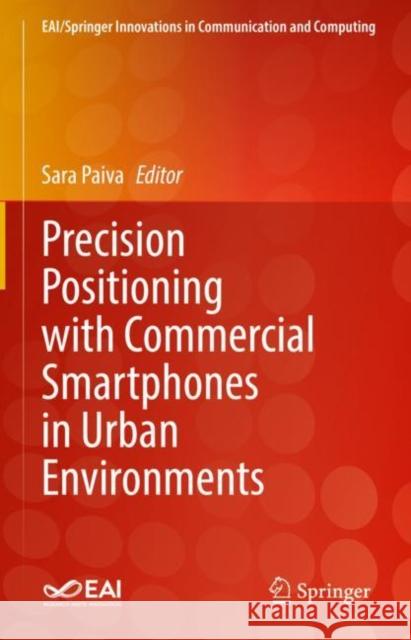Precision Positioning with Commercial Smartphones in Urban Environments » książka
topmenu
Precision Positioning with Commercial Smartphones in Urban Environments
ISBN-13: 9783030712877 / Angielski / Twarda / 2021 / 179 str.
Precision Positioning with Commercial Smartphones in Urban Environments
ISBN-13: 9783030712877 / Angielski / Twarda / 2021 / 179 str.
cena 564,88 zł
(netto: 537,98 VAT: 5%)
Najniższa cena z 30 dni: 539,74 zł
(netto: 537,98 VAT: 5%)
Najniższa cena z 30 dni: 539,74 zł
Termin realizacji zamówienia:
ok. 22 dni roboczych
Bez gwarancji dostawy przed świętami
ok. 22 dni roboczych
Bez gwarancji dostawy przed świętami
Darmowa dostawa!
Kategorie:
Kategorie BISAC:
Wydawca:
Springer
Seria wydawnicza:
Język:
Angielski
ISBN-13:
9783030712877
Rok wydania:
2021
Wydanie:
2021
Numer serii:
000824465
Ilość stron:
179
Waga:
0.45 kg
Wymiary:
23.88 x 20.32 x 1.52
Oprawa:
Twarda
Wolumenów:
01











